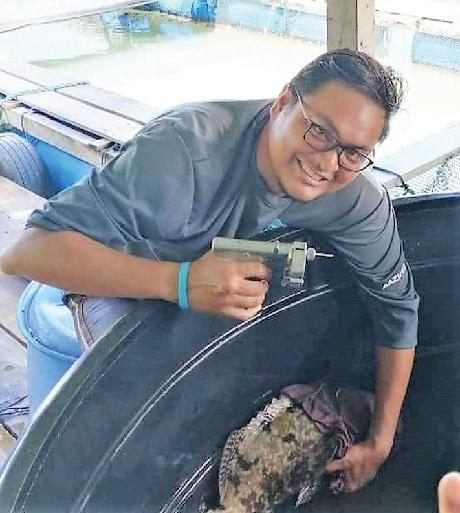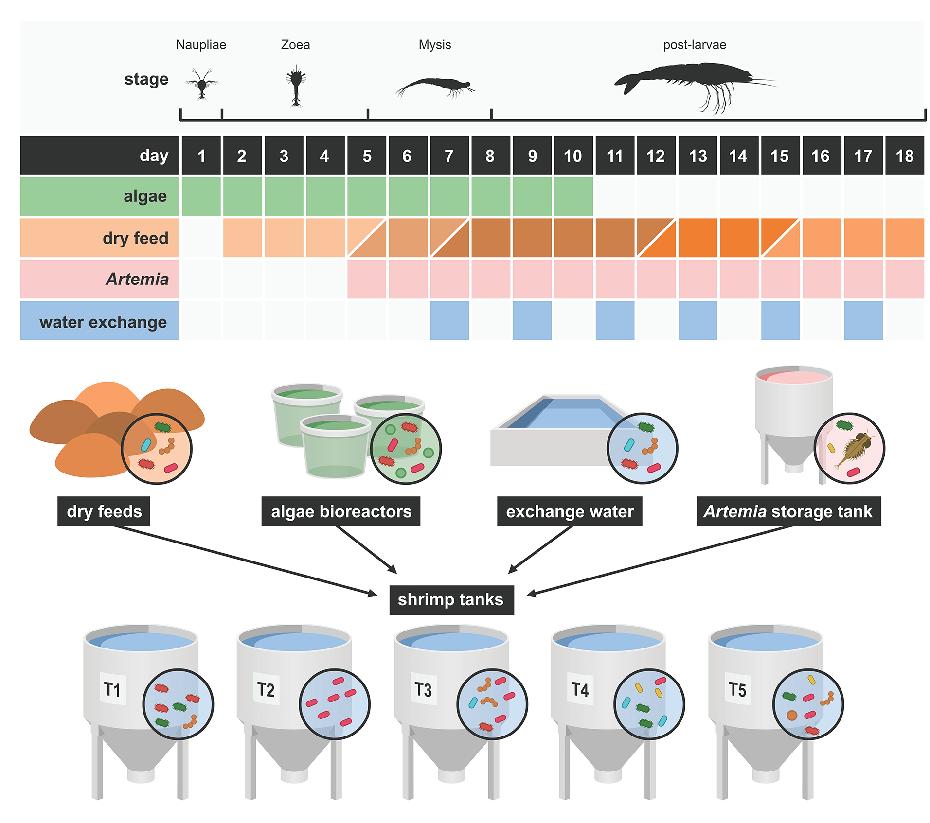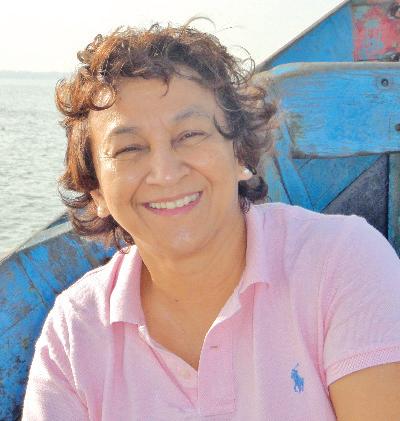18 Disease Management Interfering Substance
Contact time [min]
Log titre of virus control
Log titre after treatment
Log reduction (TR) (mean±SD)
Hard water
1
5.05, 5.05, 5.05
0.00, 0.00, 0.00
≥ 5.05
High soiling
1
5.05, 5.30, 5.30
0.00, 0.00, 0.00
≥ 5.22
Hard water
10
5.05, 5.05, 5.05
0.00, 0.00, 0.00
≥ 5.05
Low soiling
10
5.80, 5.80, 5.30
0.00, 0.00, 0.00
≥ 5.63
High soiling
10
5.05, 5.30, 5.30
0.00, 0.00, 0.00
≥ 5.22
Table 4. Log values of TiLV titre (TCID50/mL) before and after treatment with 5,000ppm Virkon™ Aquatic at 28°C and 1, 10 min of contact time under different soiling conditions (low-soiling and high-soiling).
Efficacy against TiLV at 28°C
As TiLV is regularly reported in water temperatures above 25°C, the effect of this aquatic disinfectant was validated at a temperature that mimicked natural exposure. Accordingly, we tested the efficacy against TiLV at 28°C (Figure 3). As shown in Figure 3, Table 2 and Table 4, a concentration at 5,000ppm Virkon Aquatic inactivated the virus at a titre reduction of >5 log10 within 1 min incubation. For natural water conditions, the efficacy was tested in the condition containing interfering substances by mimicking the low and high soiling conditions at 28°C. In hard water, 5,000ppm concentration completely demonstrated results of >5 log 10 reductions for inactivated TiLV at 28°C and 1 and 10 min exposure. At low-soiling conditions, Virkon Aquatic showed 5 log10 titre reduction (Figure 3 and Table 4). Additional tests under high-soiling conditions revealed a log reduction of >5 log 10 of TiLV, respectively. Interestingly, the efficacy of this aquatic disinfectant against TiLV under high-soiling conditions at 1 min of contact time also verified a reduction of >5 log10 viral loads (Figure 3 and Table 4). Furthermore, the application of soiling conditions did not affect the recovery of the virus by Amicon® filtration device (data not shown).
Conclusion and recommendations
In this study, we tested the efficacy of Virkon Aquatic at 50-5,000ppm against TiLV. The results demonstrated the high virucidal property of this aquatic disinfectant in inhibiting TiLV. Certainly, the factors that contributed to the efficacy of disinfectants, such as contact time, water temperature and soiling interference, should be taken into account when using such substances to eliminate the aquatic virus. Our results revealed that high soiling substances affected the efficacy of other disinfectants (data not shown), but not Virkon Aquatic. Generally, the efficacy against an emerging virus in tilapia under various physical conditions was demonstrated and this aquatic disinfectant can be applied to reduce or control the spread of this virus. We recommend the use of 5,000ppm (correspond to a 1:200 dilution) Virkon™ Aquatic to completely inactivate TiLV at 28°C in 1 min under high soiling conditions. References British Standards Institution. 2015. BS EN 14675: 2015 Chemical disinfectants and antiseptics — Quantitative suspension test for the evaluation of virucidal activity of chemical disinfectants and antiseptics used in the veterinary area — Test method and requirements ( Phase 2, Step 1), BSI Group, London Eyngor, M., Zamostiano, R., Kembou Tsofack, J.E., Berkowitz, A., Bercovier, H., Tinman, S., Lev, M., Hurvitz, A., Galeotti, M., Bacharch, E., &Eldar, A. 2014. Identification of a novel RNA virus lethal to tilapia. Journal of clinical microbiology, 52(12), 4137-4146. Liamnimitr, P., Thammatorn, W., U-thoomporn, S., Tattiyapong, P., & Surachetpong, W. 2018. Non-lethal sampling for tilapia lake virus detection by RT-qPCR and cell culture. Aquaculture, 486, 75-80. Reed J., & Muench, H. 1938. A simple method of estimating fifty per cent endpoints. American journal of epidemiology, 27(3), 493-497.
* Test was done only with 10 min contact time
Figure 3. Log reduction value of TiLV titre (TCID50/mL- exposed to 5,000ppm Virkon™ Aquatic at 28°C. Virkon™ Aquatic was incubated with TiLV for 1 and 10 min in hard water (HW), low-level soiling (LS), and high-level soiling (HS) conditions. Each treatment was performed in three independent replicates. A horizontal line indicates the detection limit of approximately 5 log10 reductions.
March/April 2021 AQUA Culture Asia Pacific
Win Surachetpong, PhD is an Associate Professor in the Department of Veterinary Microbiology and Immunology, Kasetsart University, Bangkok, Thailand. Tanja Gerharz, PhD is Head of Global R&D Disinfection at LANXESS Deutschland GmbH Material Protection Products, Germany. Email: tanja.gerharz@lanxess.com









